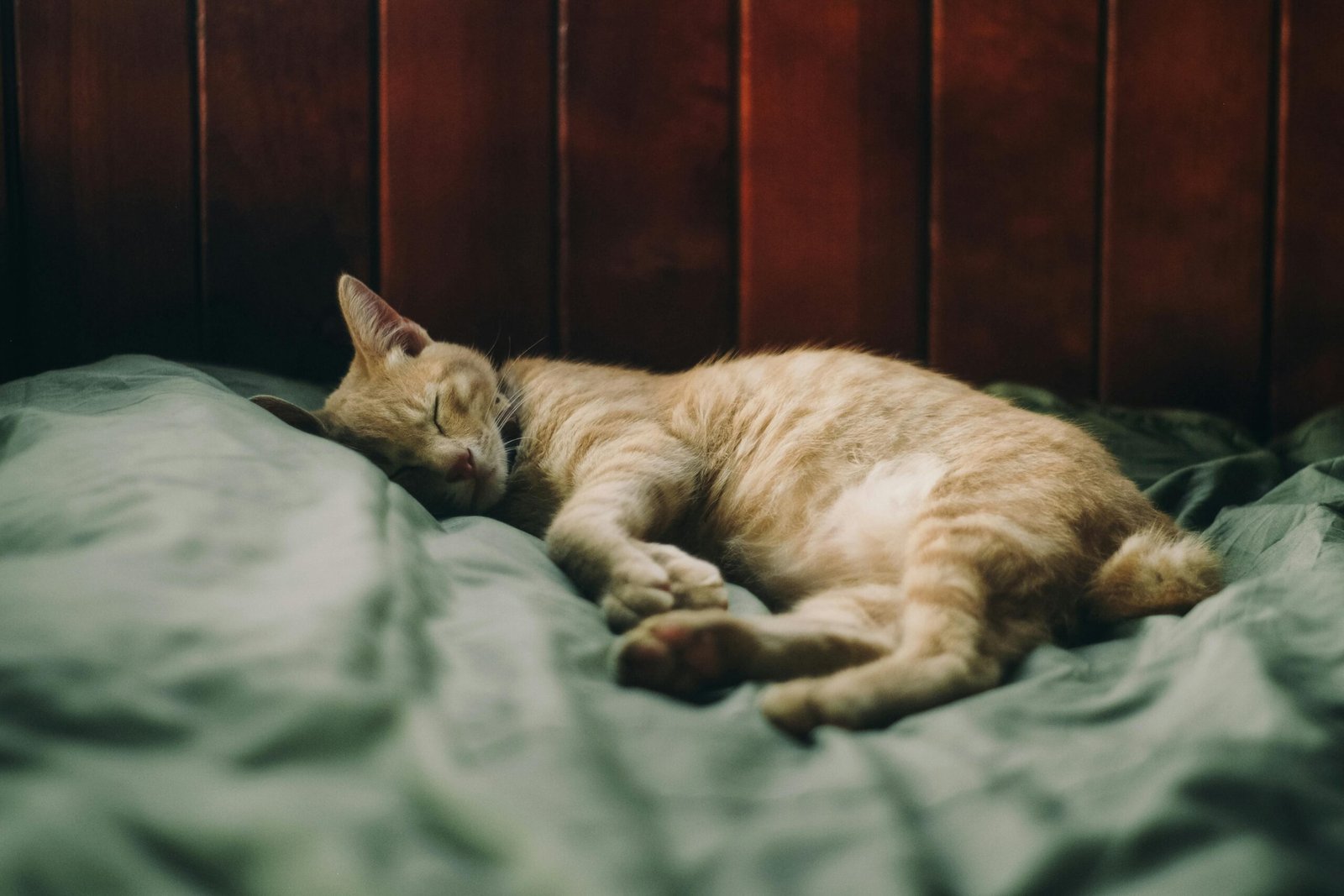Introduction of Anxiety
Domestic animals, farm animals, and zoo animals may behave strangely on Monday during the total solar eclipse. Scientists are eager to observe what occurs when day abruptly transitions into darkness.
Animals Anxiety in the impacted area, including those found in homes, fields, zoos, and the wild, have not been informed that the moon would be visible, while millions of humans are getting ready to see the total solar eclipse that will effect North America on Monday. Put a stop to the sun and temporarily make it night.
They react in a way that no one can predict to that sudden, drastic change in light and temperature, which will persist for a few minutes in some locations.

At night, cows can take a nap in their sheds. Swans may congregate out of fear. A big, plodding Galapagos tortoise could get agitated and interact Anxiety with others
Notable impacts in circadian cycles could result; nocturnal animals can unintentionally wake up and begin their day with the thought, “Wow, the night is already over.” And then there will be those creatures that never give the darkening sky a second thought, maybe especially worthogs or lazy domestic cats who are only looking for food.
According to Indianapolis Zoo President and CEO Robert Shumaker, “everyone wants to see how they will react.” For almost four minutes, the zoo will be in the dark. It is one of several large zoos in the path of totality, which runs from Texas to Maine, where scientists, volunteers, Anxiety and members of the public will be observing how the animals respond to the eclipse.
Certainly, most animals will see that something unusual is happening,” stated Dr. Shumaker, a specialist in animal behaviour and cognition. According to Ohio State College of Veterinary Medicine veterinarian Dr. M. Leanne Lilly, most animals will probably be bewildered by the darkness and begin their evening habits.
Still, Dr. Lilly noted that people’s responses to the decline, similar as gaping up at the sky, displaying enthusiasm, or congregating in groups, can have an impact on faves , similar as tykes or pussycats, since creatures occasionally bear abnormally when their possessors do. According to Dr. Lilly,” Any unusual mortal geste can disturb faves because they’re faves to take care of us. She chortled and said, We might be the issue. Because there are not numerous exploration on the subject and they constantly contradict one another, we can only infer beast geste from how creatures would respond to the solar decline.
According to a 1560 exploration, catcalls fell to the ground. According to other exploration, catcalls took sanctum, went silent, carried on singing and chittering, or flew right into structures. tykes either did not bark or wail, or they did both. Considered the first thorough disquisition on the content, the 1932 decline study included public commentary as well as a good deal of antithetical substantiation from spectators who watched mammals.
It was determined that a number of species had the loftiest responses lamb moved towards their shanties, ungulates fled into woods, and squirrels rushed into timbers. According to the study, zoo creatures displayed veritably little or no response to the decline. Dr. Shumaker anticipates that the Indianapolis Zoo’s creatures will not parade any particularly strange behaviours because they take numerous effects in stride. Anxiety
We believe the creatures will have a veritably dramatic and easy experience,” he stated, adding that some could be” a little confused” about what is going on. I clearly do not anticipate it to be intimidating for them.” Like everyone differently,
Dr. Shumaker is agitated to see what the creatures will do, so in 2017, Adam Hartstone – Rose who is presently a professor of natural lores at North Carolina State University — attempted to determine what might be happening. He began a thorough study of the geste of the zoo creatures at the Strands Zoo and Garden in Columbia, South Carolina, previous to the total decline crossing the United States. Following the attempt in 1932, this study grew to be the most expansive disquisition of beast geste during an decline Anxiety
Hartstone- Rose put together a platoon of scientists, keepers, and levies to completely watch creatures before, during, and after the decline, just as he’ll be doing at the Fort Worth Zoo the following week. Three- diggings of the 17 species that his platoon tested displayed behavioural responses to the decline, with numerous of them believing that a change in light meant it was time to go to sleep. These species included mammals, catcalls, Anxiety and reptiles. A bitsy collection of brutes that included swans, baboons, hoods, giraffes, Anxiety and parrots called lorikeets, as well as a Komodo dragon, showed abnormal and maybe anxious geste
Baboons started rushing around their quadrangle as soon as they got close to the summation, according to the study, and they kept doing so for about twenty- five twinkles. A goon in manly form charged the glass. The swans, according to Dr. Hartstone- Rose, gathered their youthful, let out a loud cry, and inclusively glanced up into the sky, indicating that they can do that if they suppose there is an upstanding bloodsucker hard. The lorikeets were nippy and lively just before the summation, and they flew in accord in one direction during the summation.
Anxiety When the door of the Komodo dragon’s den was closed, the dragon progressed to run inaptly until daylight formerly more. He added it was entirely possible” that the zoo’s loud atmosphere and sizable crowd which included distant fireworks were what sparked the geste rather of the decline. nevertheless, the giraffes’ conduct that day in South Carolina were similar to those of other creatures during declines, similar as those that passed in the outdoors of Zambia in 2001 and in the Nashville Zoo in 2017.” In 2017,
Alison Provost said of the administrators who oversee giraffes and take care of mammals at the Strands Zoo,” utmost of us anticipated that giraffes would be kindly like, Oh, it’s dark,’ so it’s time to sleep.” still, their response was indeed more forceful. At Strands Zoo, giraffes generally bat, eat, interact with people, and play with enrichment objects.
But examinations show that when night fell, they stopped eating and hid behind their barn, swaying and imitating one other’s movements. numerous people kept pacing for several twinkles as daylight sluggishly returned, which was fully indecorous. During declines, giraffes in Zambia and the Nashville Zoo also showed signs of pacing. ” They’re brutes of habit, Ms. Provost remarked.” So we disintegrated their world.” Just before completion, an fresh unusual geste by Galápagos tortoises in a different area of the Strands Zoo was noted by the study as a” new response.
Rather than tardy tromping around their home as is customary, they clustered together, with two of them initiating lovemaking. All four of the tortoises moved more snappily than normal during summation. Since bonobos and chimpanzees are analogous, Dr. Hartstone- Rose is interested to see if the creatures at the Fort Worth Zoo would parade similar responses. It would be interesting to see their surprising responses to darkness, he said, adding that bonobos constantly engage in sexual geste Anxiety
As a way to release pressure. In order to incorporate the creatures in studies, he’s contending with the public to formally watch the creatures in their vicinity during an decline and to report their findings. These creatures include domestic creatures, creatures raised for food, and wild creatures, whose geste
is known to alter during declines Anxiety . Experimenters have observed how wild creatures respond to declines using a variety of styles. Scientists studied how flying creatures responded to the change from day to night during the 2017 solar decline using radar data from rainfall centres across the nation Anxiety

